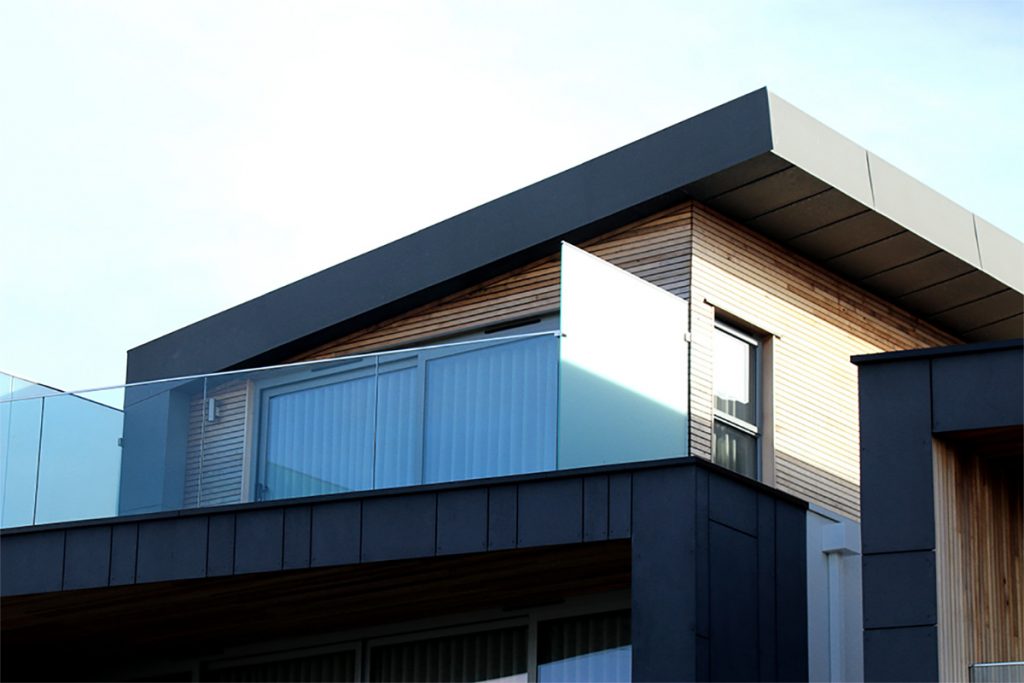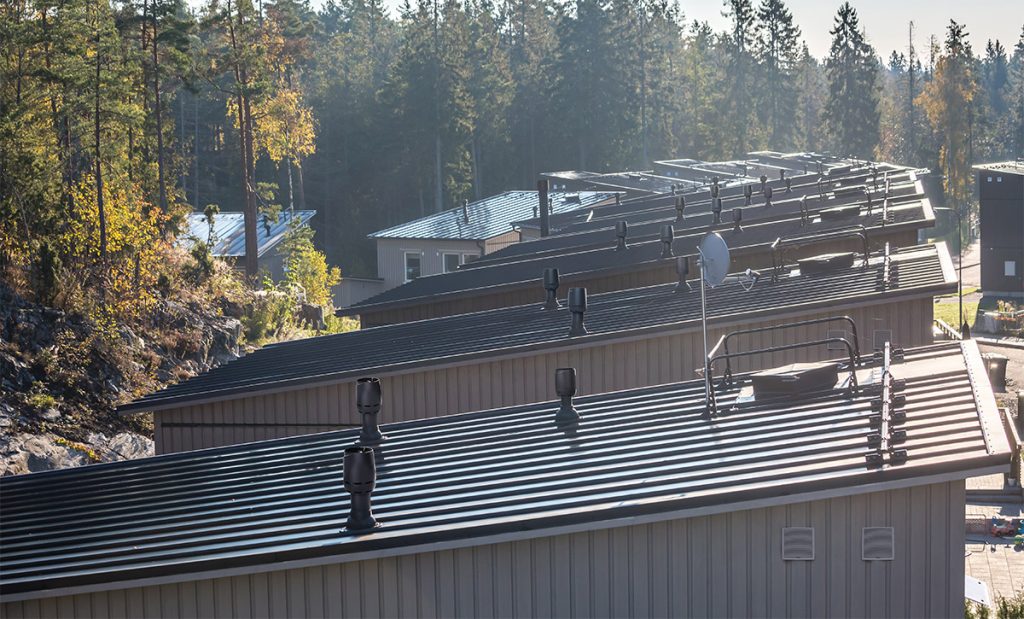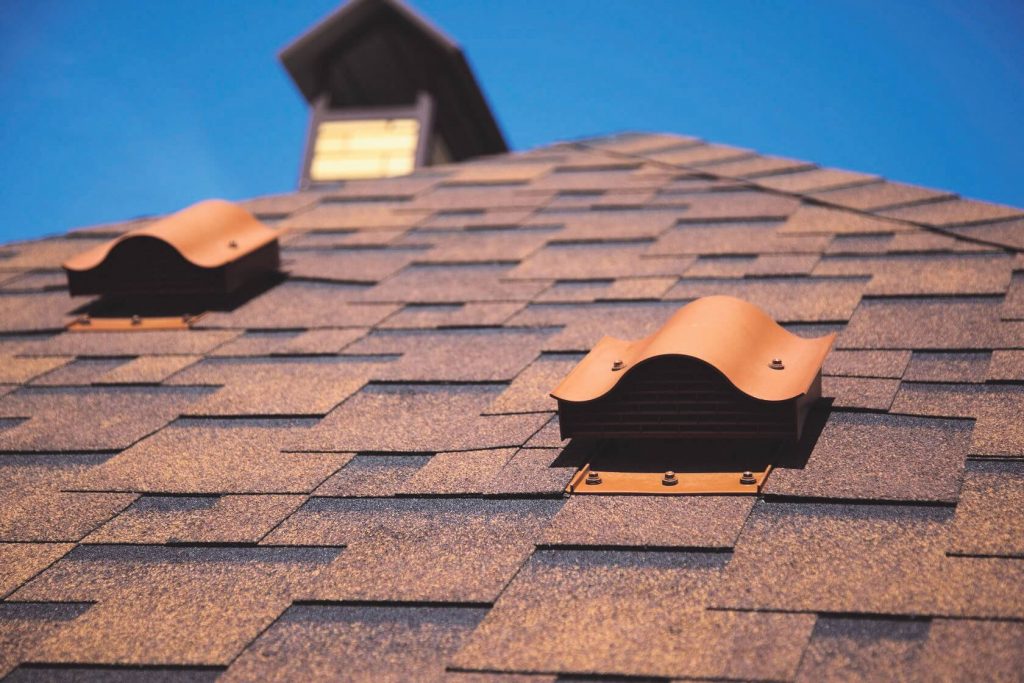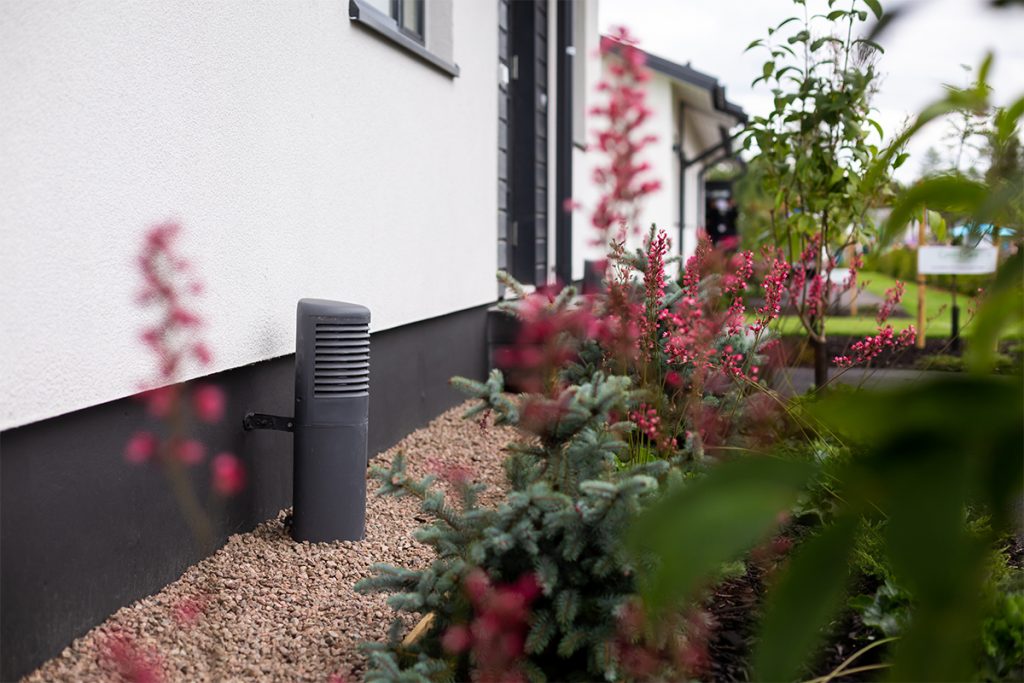Vilpe ECo Ideal Wireless
What is demand-controlled ventilation?
Demand controlled ventilation is a smart system to maintain air quality in the desired level automatically, without human interference during the operation. The system automatically adjusts the required ventilation according to the prevailing air quality. Wireless sensors measure the relative humidity (RH) and carbon dioxide (CO2) levels in the air and send this information wirelessly to the control unit. The level of ventilation is then adjusted to secure good air quality without using excess energy.
Why choose the Vilpe® ECo Ideal Wireless for demand-controlled ventilation?
The VILPE® ECo Ideal Wireless offers a cost-efficient solution with a short payback time compared to more complex ventilation solutions. The overall cost of the VILPE® ECo Ideal Wireless is up to 70 per cent lower than the cost of a complete heat recovery (HVAC) installation. VILPE® ECo Ideal Wireless is quick and easy to retrofit. The wireless communication solution minimises the need for wiring. If there are ducts already in place, the installation doesn’t require building new ducts, i.e. all existing structures can remain as they are. Existing ducting or ventilation chimneys can also be utilised.
Usage: Renovation sites and new buildings
Whether you are renovating or building from scratch, the demand-controlled and energy-saving VILPE® ECo Ideal Wireless is an excellent choice for an easy and budget-friendly implementation for your ventilation needs. VILPE® ECo Ideal Wireless system is an ideal solution if you wish to convert an existing natural ventilation system to a mechanical ventilation system. VILPE® ECo Ideal Wireless is also an easy and affordable way to turn a mechanical ventilation system into a demand-controlled ventilation system that saves energy and money. VILPE® ECo Ideal Wireless is well-suited for both old and new buildings. It also offers a good solution for ventilation of warehouses and garages.
Structural ventilation
Structural ventilation keeps buildings healthy, as it removes moisture
from within spaces such as roof structures or ground floors.
Roof structures
Ensuring proper ventilation of roof structures prevents condensation, water damage and further fungal and microbic growth inside these constructions. Renovating the damage caused by damp or mould can cost several million euros, and it is therefore important to pay attention to the adequate ventilation of roof structures – both in small and large buildings.
If a roof is not ventilated properly, moist air rising through the building can condense and cause moisture in the thermal insulation of the roof. During winter, this moisture can freeze and cause the thermal insulation to lose its insulating properties, which in turn can result in a significant rise in heating costs. Excessive moisture also promotes the growth of fungi, moulds and micro-organisms, which destroy the structures within a building.

VILPE Alipai Underpressure air vents allow the roof to breathe ventilating the roof structures and ensuring the efficient removal of moisture. An Underpressure air vent is also suitable for ventilating a cold attic space. Their operation is based on the air pressure difference caused by the wind. Alipai low pressure air vents are available for the low-pitched, inclined and ridge sections of low-pitched roofs.


The KTV roof vent can be used for ventilating roof structures and attic spaces, as well as for ventilating sewer pipes. The KTV roof vent can be selected from 10 different models according to the roofing material being used.
Sub-floor spaces
Humidity which moves from the surrounding environment into the interior of basements must be carefully removed to prevent both health hazards and structural damage.
The Ross ventilation pole is an elegant choice for the ventilation of underfloor spaces as well as for prevention of moisture damage in the base floor. The Ross ventilation pole can be used as an air inlet for a basement sauna, fireplace or forced ventilation system, and is also suitable for a mechanical exhaust ventilation system. In addition, Ross ventilation poles can be used together with a radon fan Eco110 to remove radon gas from ventilated ground floors.

